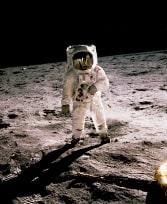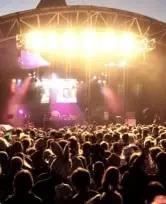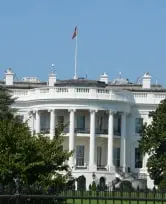

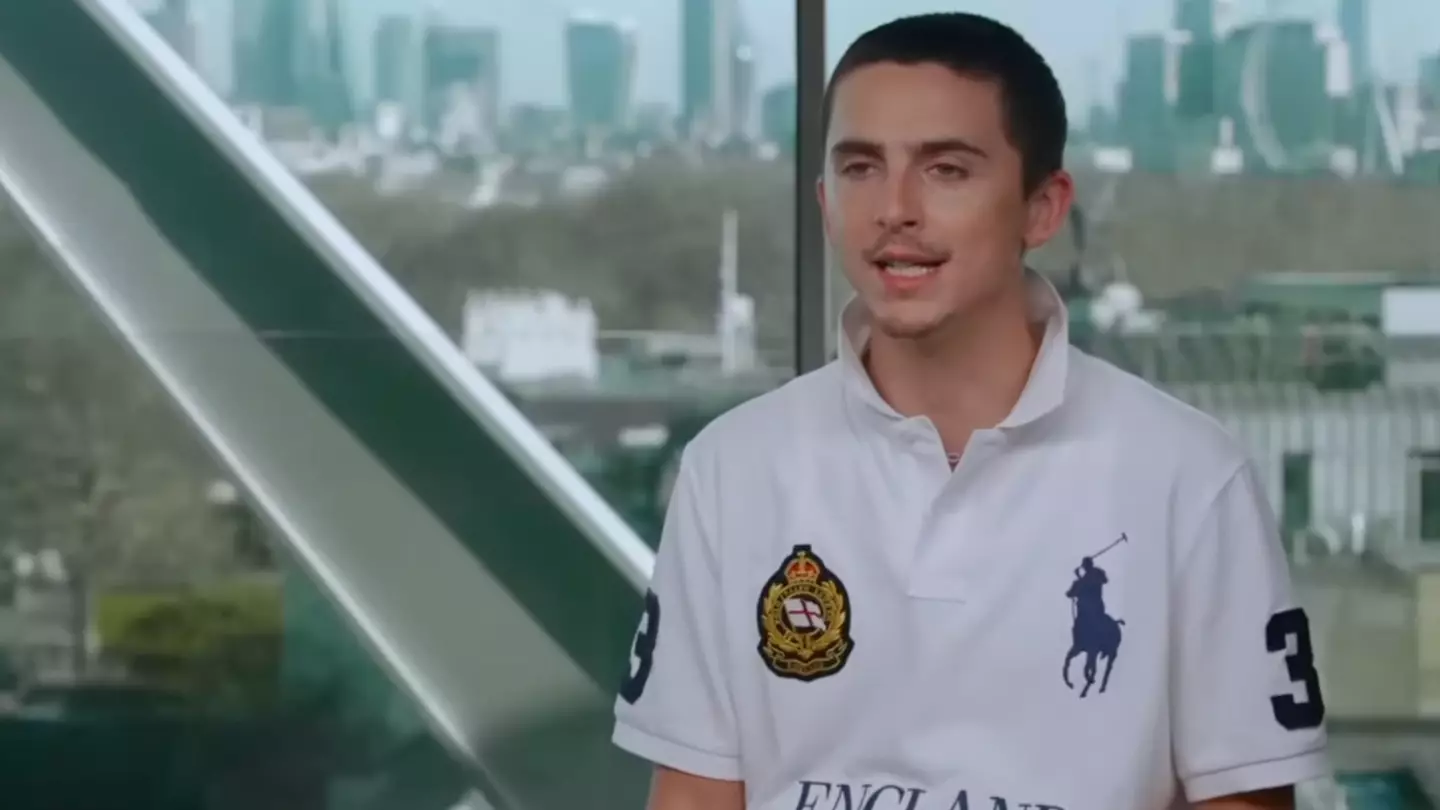
The Scottish ballad singer has a fan

Jake Paul faces off against Anthony Joshua and there's still time for you to get a ticket to be there

You'll need to hurry if you're keen

One particular number has cropped up more than the rest
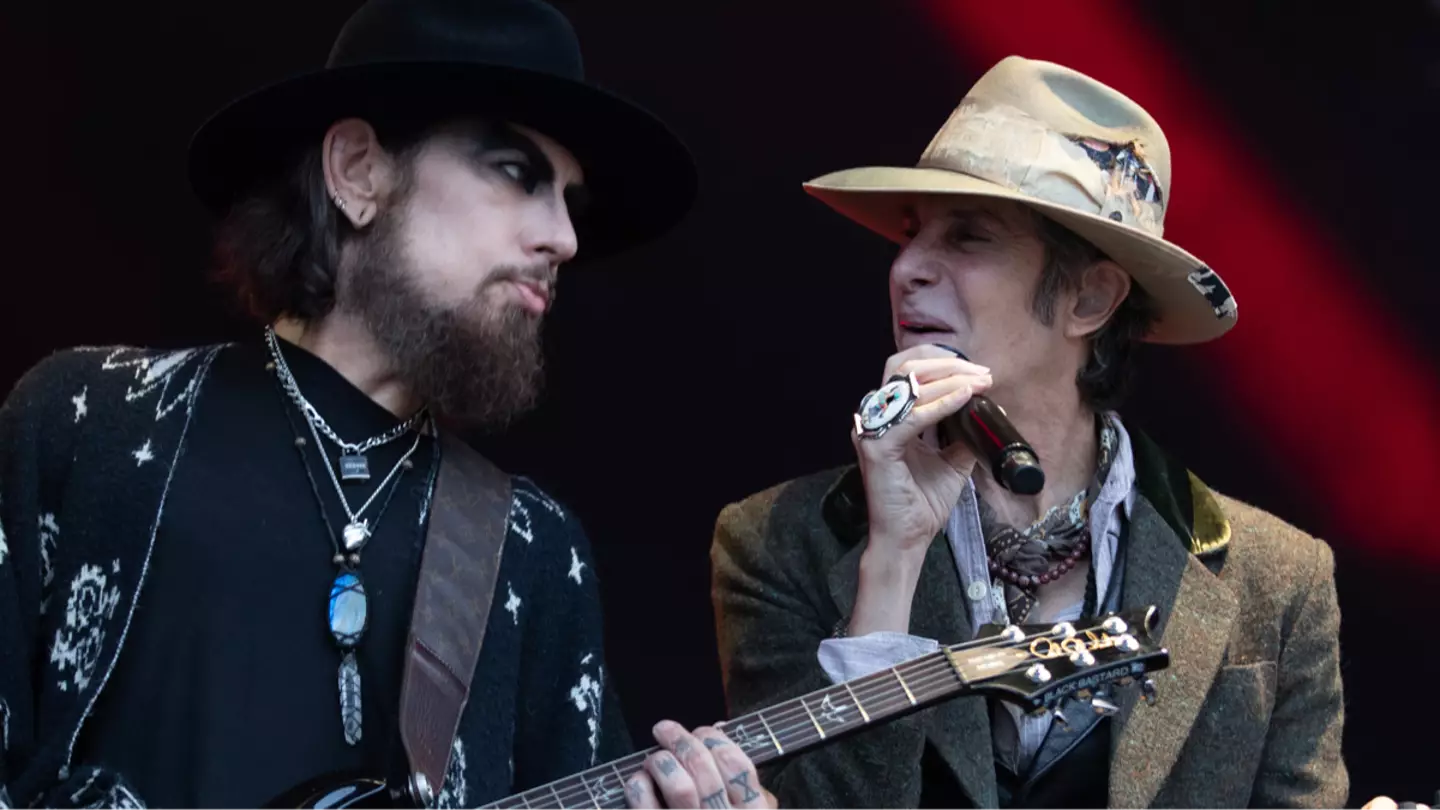
Despite the break up, the band say they have resolved their differences
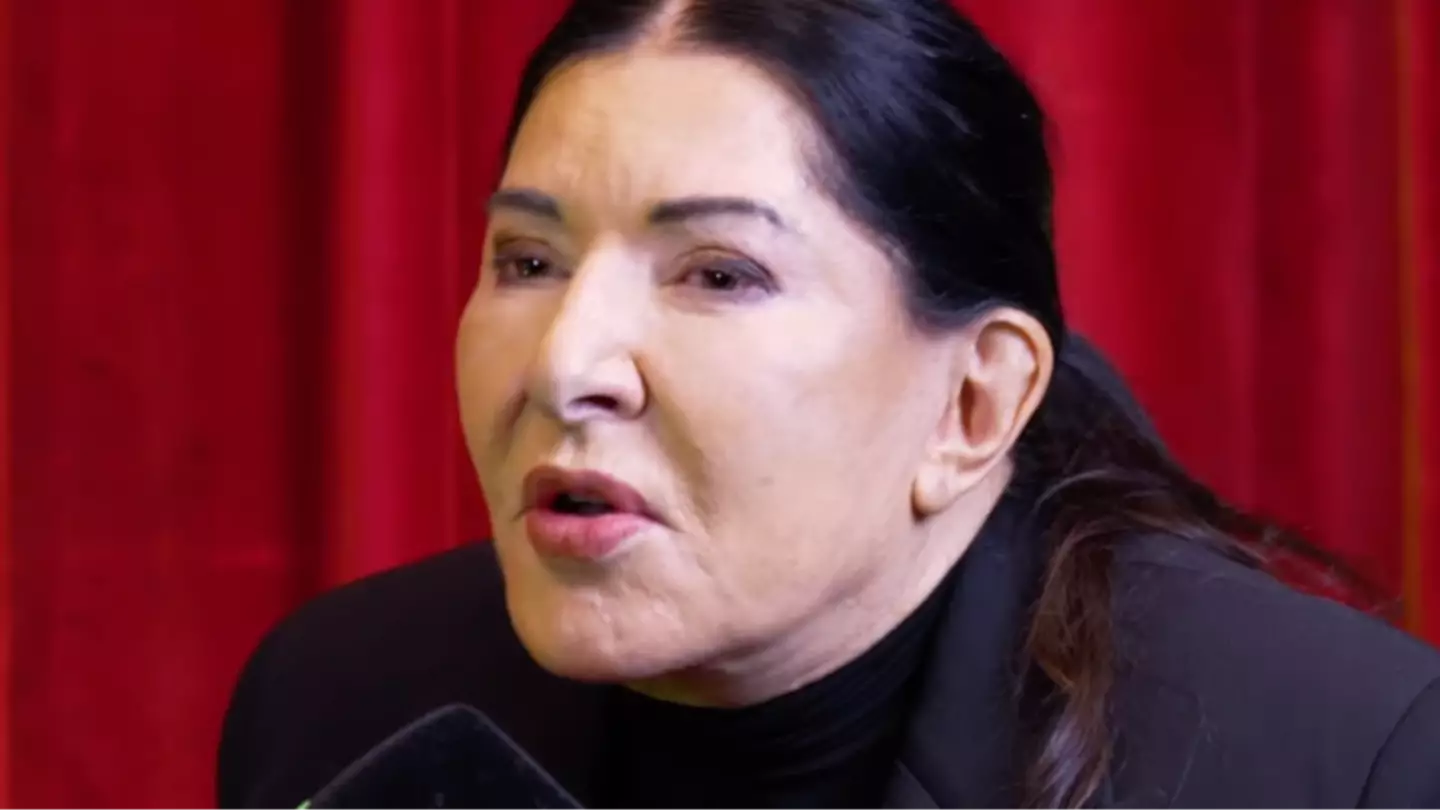
Marina Abramović's most famous performance piece saw audience members strip her naked and cut her to drink her blood

Claire Tracey was found dead in her apartment on Sunday
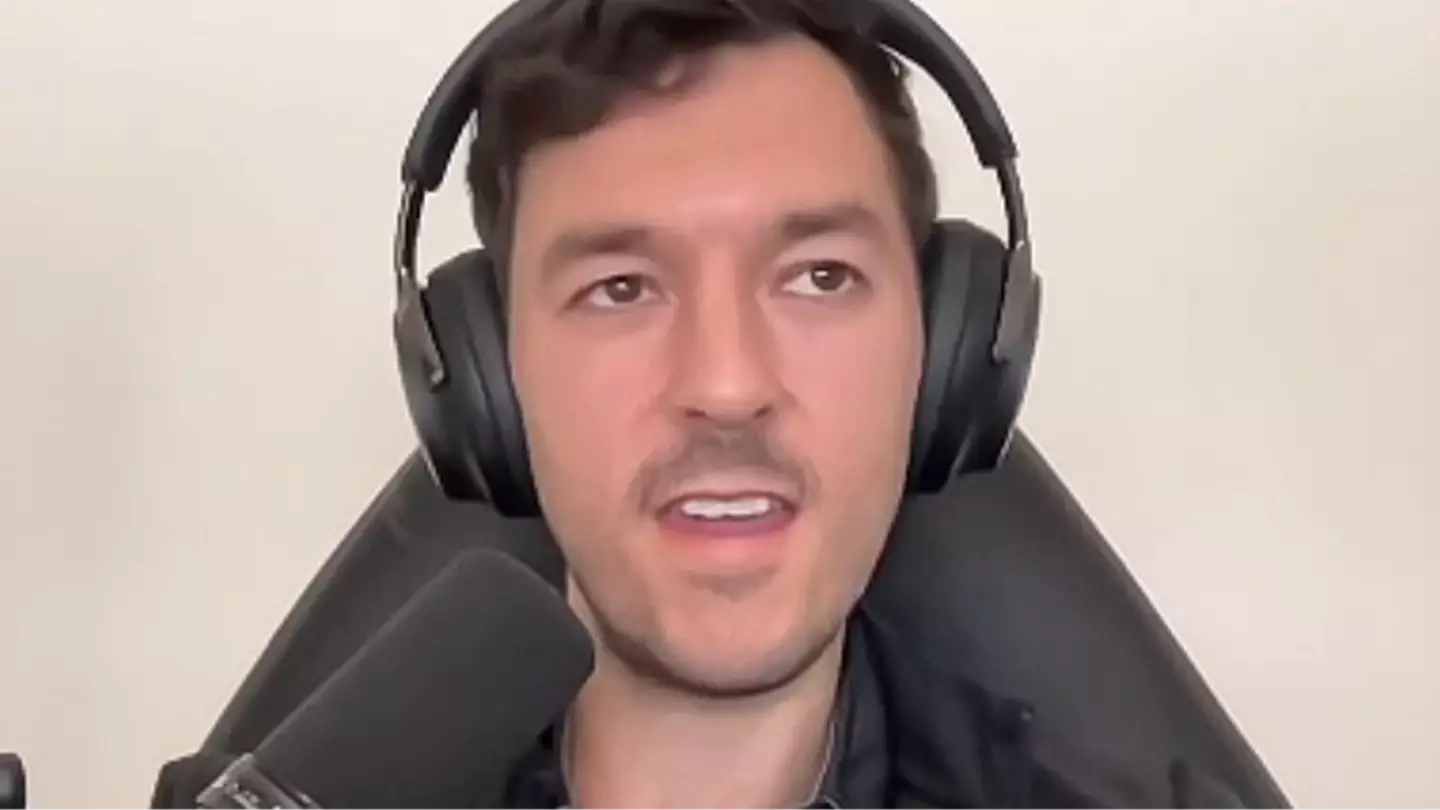
He described the withdrawal symptoms as 'terrible'
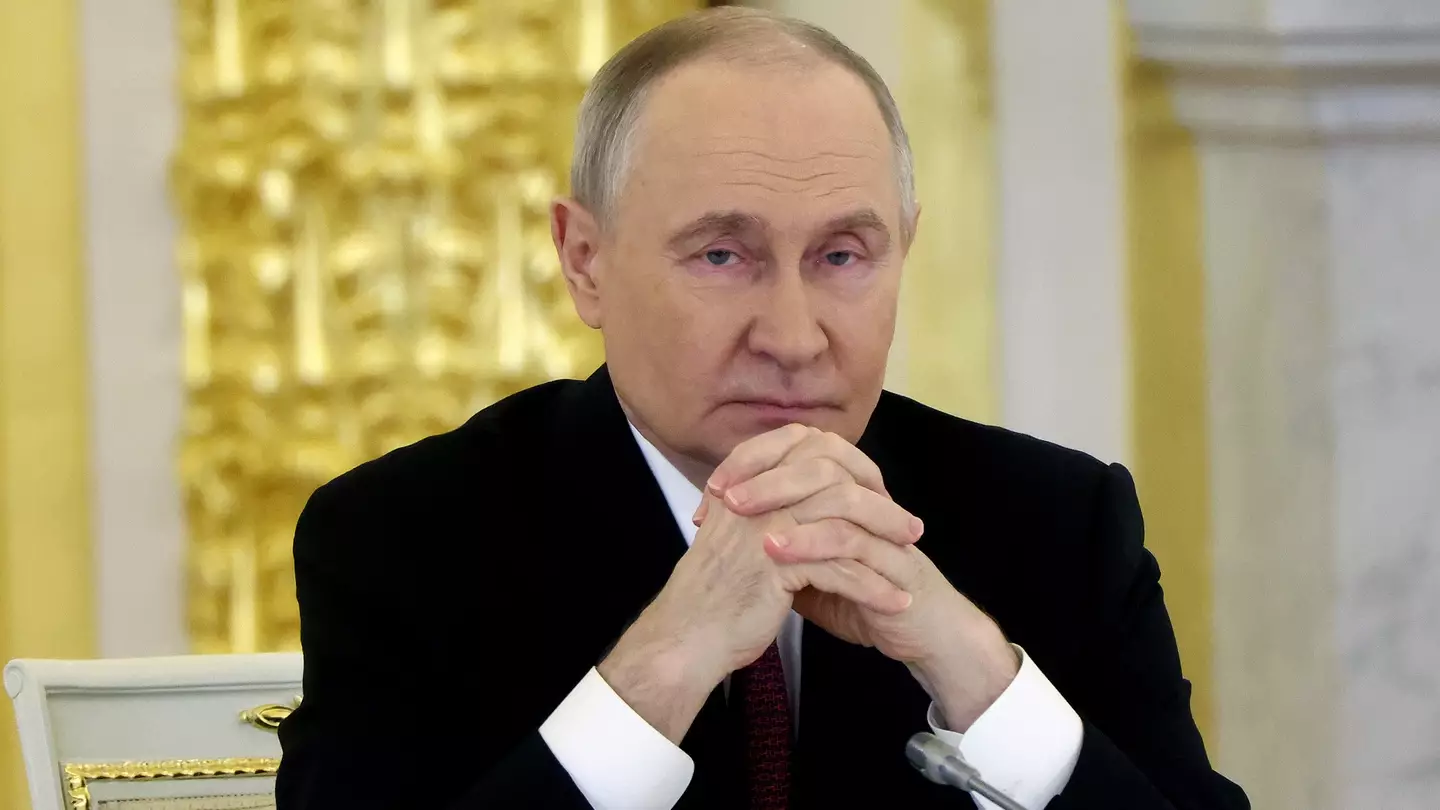
The Russian president has revealed Russia's new military strategy and unveiled a new weapon

The controversial commentator has left everyone baffled with her defamatory 'hot take'

The lawsuit makes a series of explosive and unsubstantiated claims

We've all been guilty of neglecting this certain part of our routines

The finale of 'Stranger Things' is just days away and the Duffer brothers have dropped a major spoiler for what fans can expect
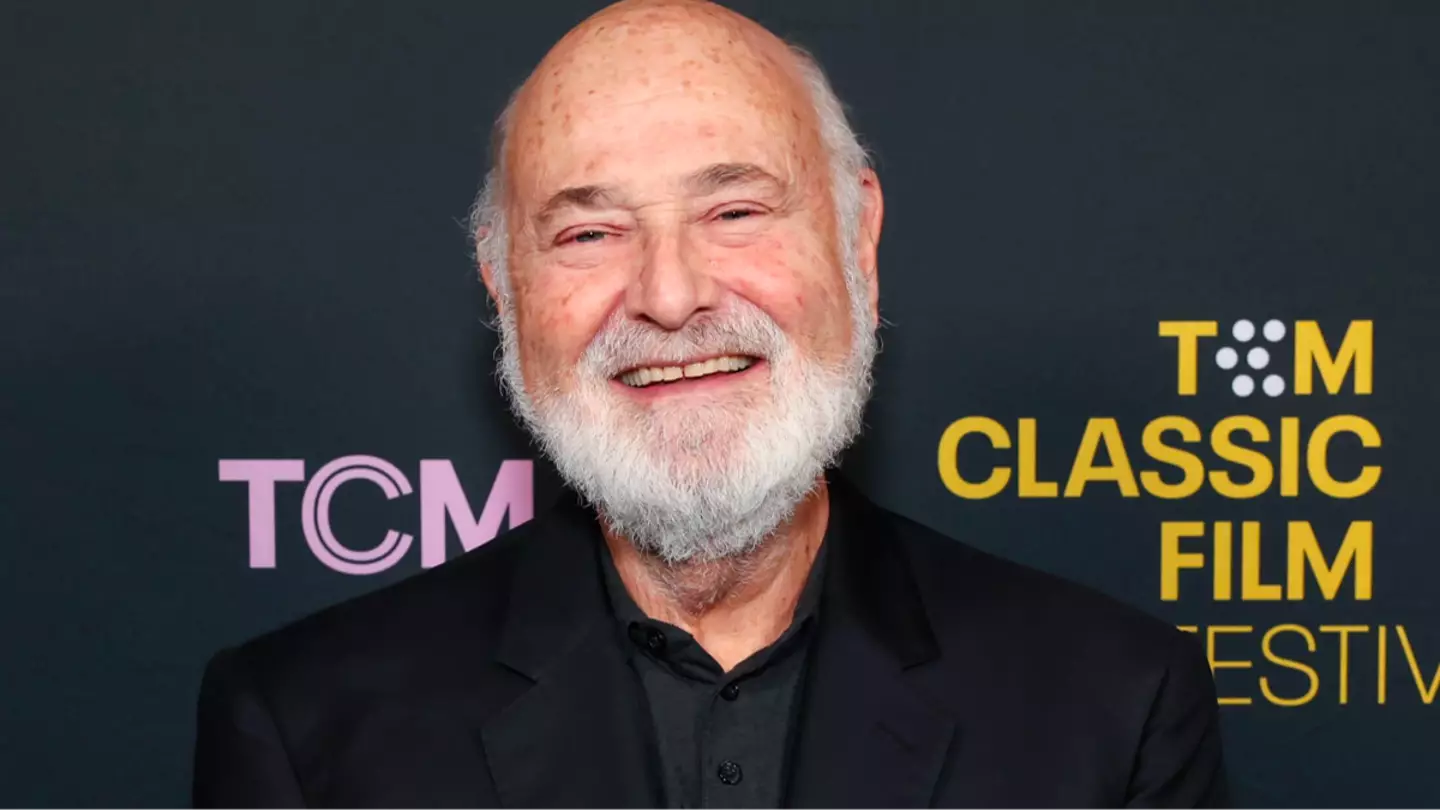
The Hollywood director was found dead in his LA home alongside his wife over the weekend

The old slang is out and ‘unc’ is in, confusing many in the process

Trump and Harris are both on the list, which gives a percentage chance for potential presidential candidates in 2028
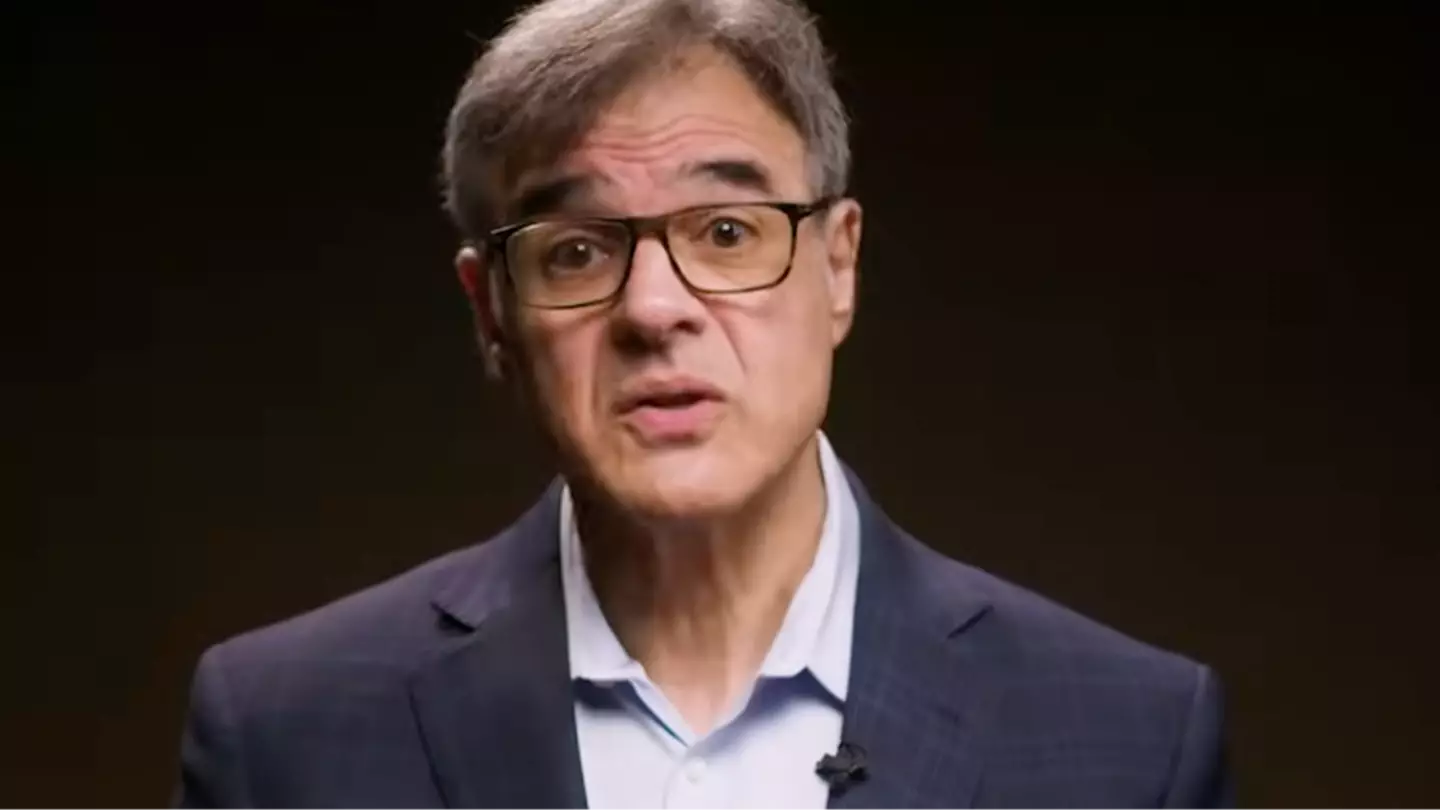
Working for the most powerful spy agency in the world saw John Kiriakou face multiple attempts on his life
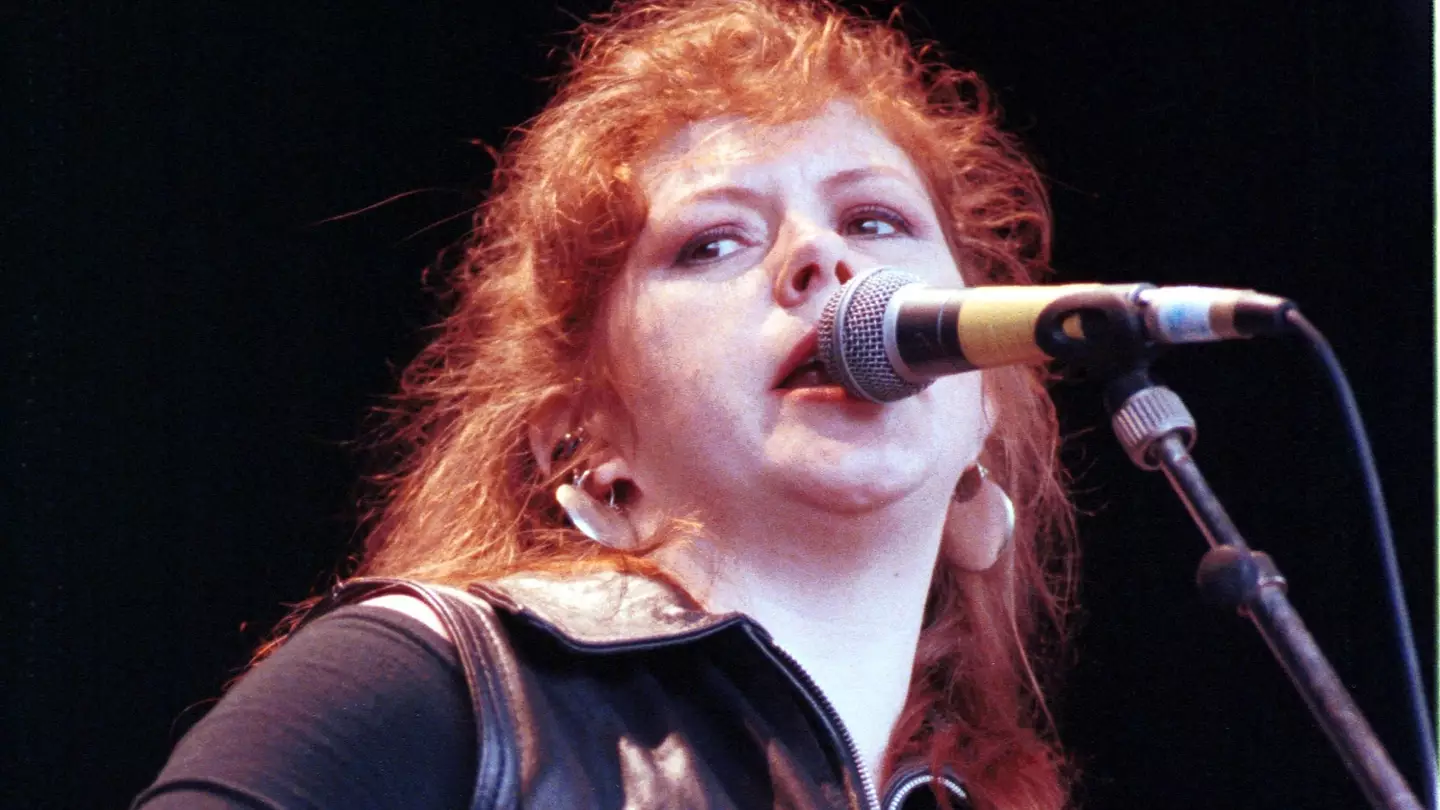
The singer was tragically mowed down by a speedboat while vacationing on a paradise island, on December 18, 2000

An expert has warned against the cosmetic treatment
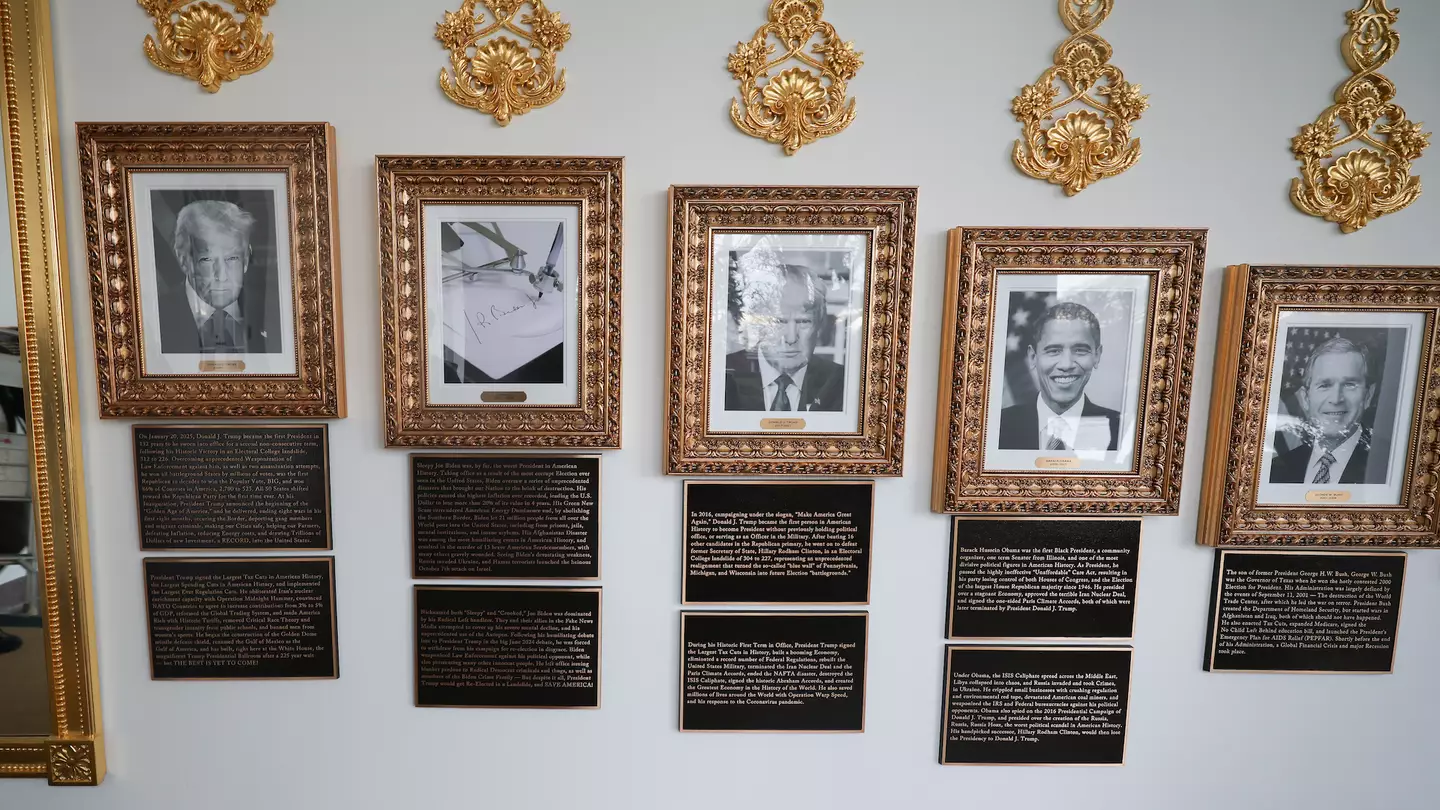
Trump launched attacks on his predecessors in his new display

Experts have raised concerns about people using the drug

The filing alleged that Riley Keough was the biological mother of John Travolta's son
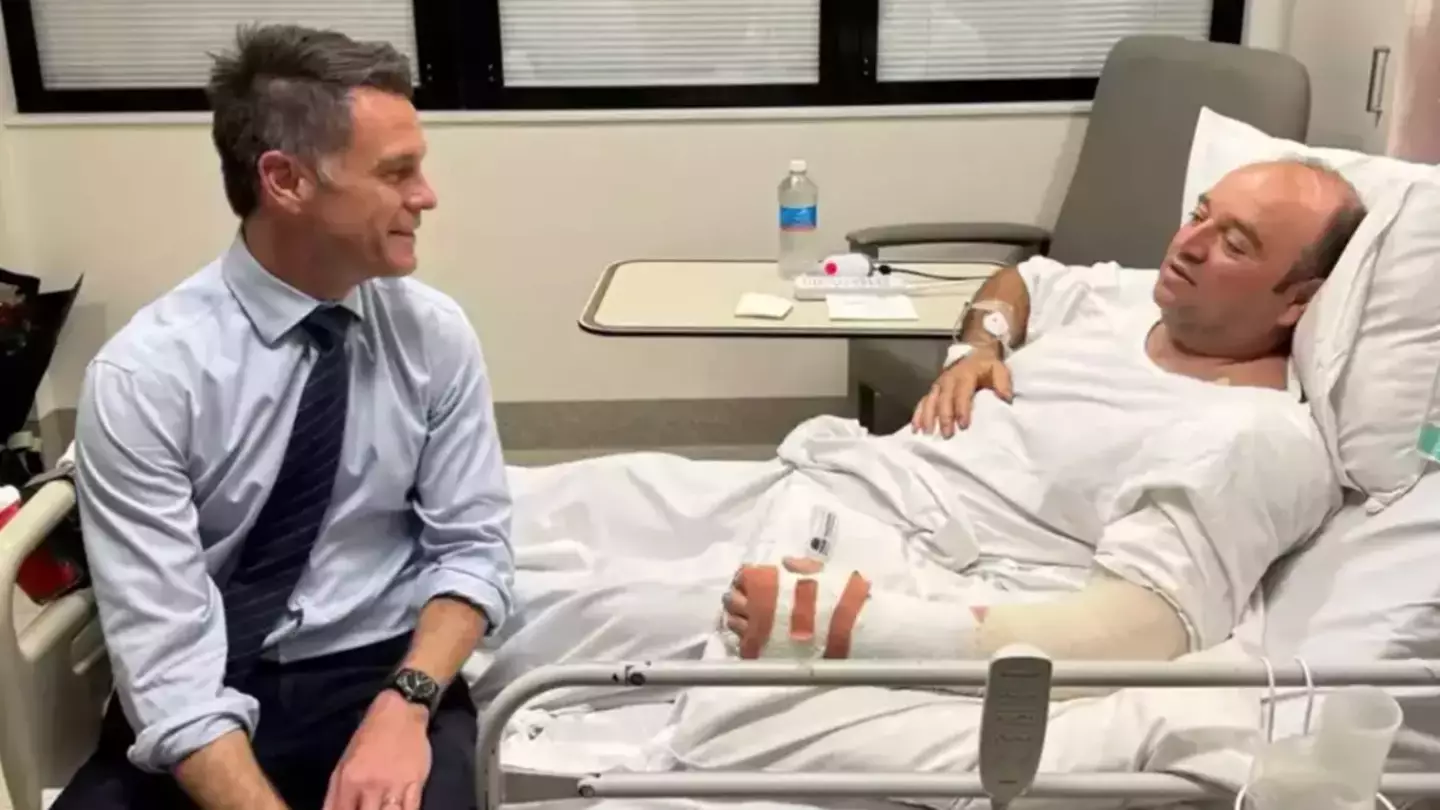
Ahmed al-Ahmed's brave actions have seen him praised across the world



